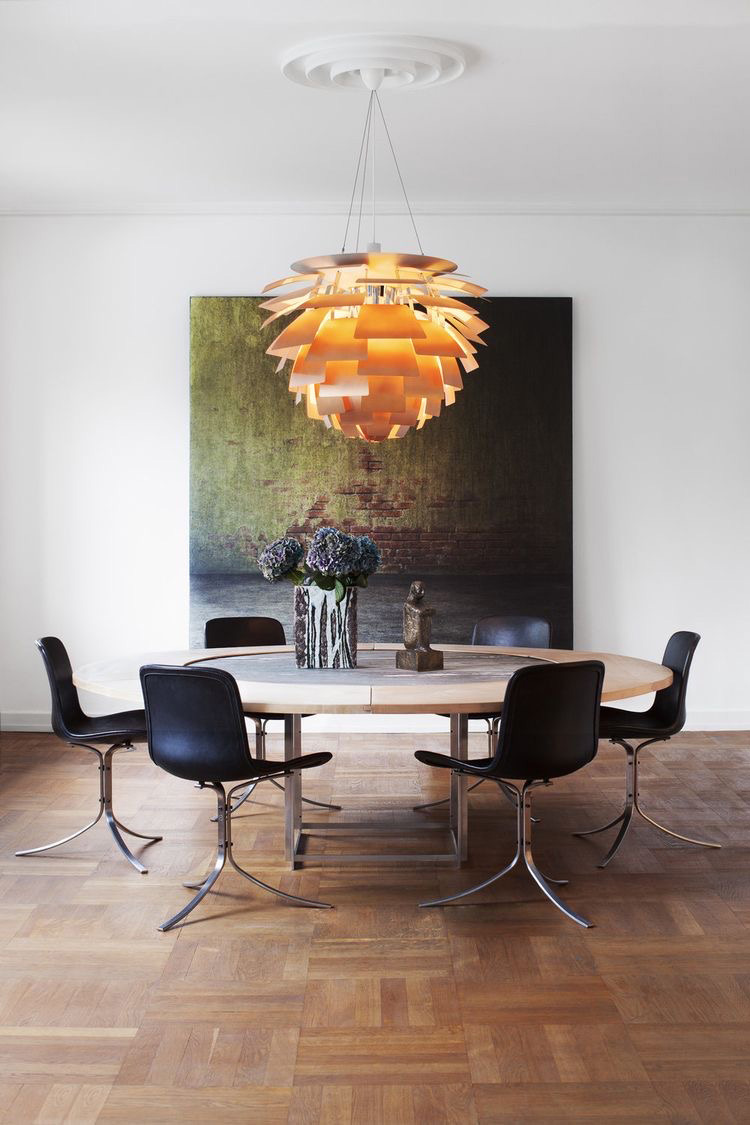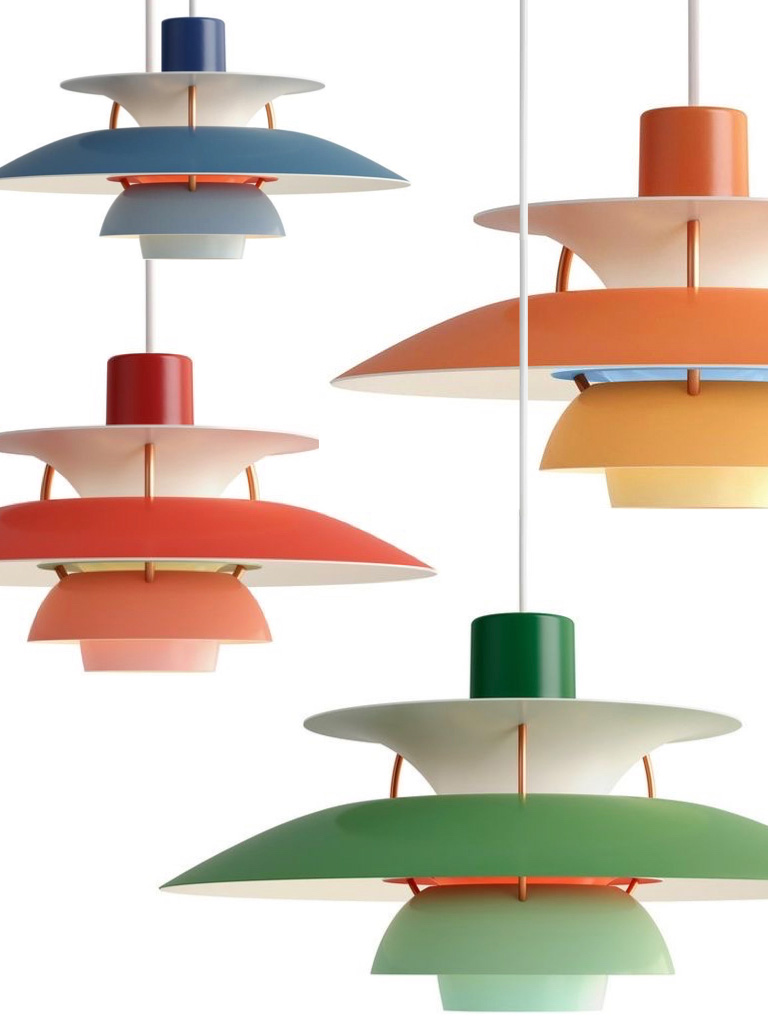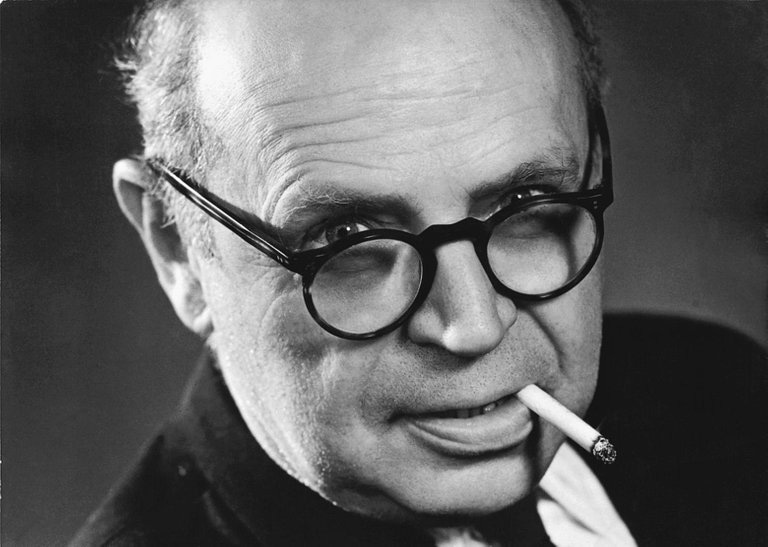The Danish designer who defined modern ilumination.
My long time passion for Scandinavian furniture actually started by their lamps. What really called my attention was their very futuristic design and materials contrasting the modernist but still wood-made Danish furniture. How can an extravagant colored metal pendant perfectly match a dark rosewood credenza? Even more impressed is the fact that these lamps were created seventy, eighty years ago.
Poul Henningsen studied architecture, was a published author, and became a critical voice in both artistic and political circles in Denmark before the WWII. But it was in the field of interior lighting that Henningsen made his most innovative mark—and why he may fairly be called the father of modern lighting design. At the time, people didn’t see a lamp as a decorative object; they simply needed light. Henningsen was one of the first to think of both.

Affectionately known as PH, Poul was a Danish intellectual whose fascination with light and its effects on the human psyche was the genesis for a series of lighting models that remain icons of the modern design movement. His fascination with the incandescent light bulb—and dogged search for a light fixture that could replicate the glowing warmth of the kerosene lamps of his youth—spawned the PH series, lighting fixtures which featured a signature system of layered metal shades.

The PH’s petal-like arrangement of overlapping curved forms was carefully constructed to disperse light evenly while shielding the light bulb and its glare from the human eye. Recognized as an iconoclastic design at the 1925 Paris Exposition of Decorative Arts, Henningsen’s initial PH pendant was put into production by Copenhagen lighting manufacturer Louis Poulsen in 1926—a company with which Henningsen would build a lifelong relationship—and has remained in continuous production ever since.


Poul Henningsen also had a large influence on the Danish company Bang & Olufsen (B&O). In 1954, he wrote a critical review about B&O for mixing materials and style completely randomly like they had no idea of what design is. This review was the beginning of a change in product development at B&O where designers would be included in product design.
By the end of his life, Henningsen had more than 100 lighting designs to his credit, including 1958’s Artichoke pendant, a masterpiece of modern design that explicitly illustrates Henningsen’s innate feel for layered, visually transcendent compositions.
Alex Iervolino,
Designer, ROUE Watch.
